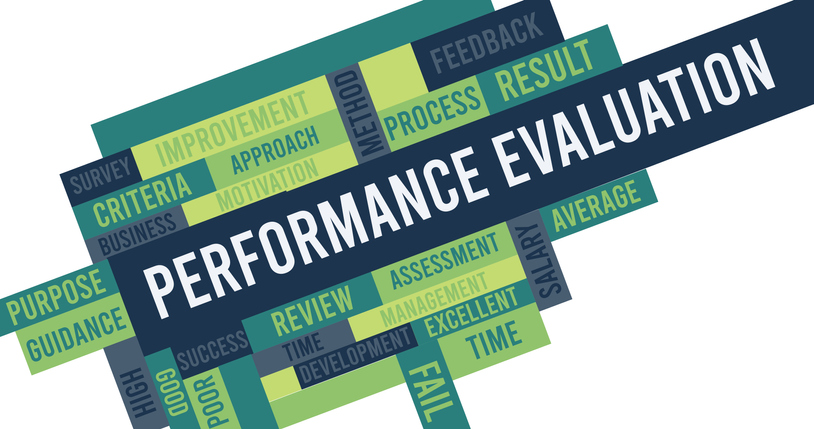Lori Fain
Your Company’s Reputation From an Employee’s Perspective.
When I think of social media in relation to recruiting, it takes me straight to employer branding. Employer branding is simply the process of creating, growing, and maintaining a company’s reputation and popularity from a potential employee’s perspective. It’s a crucial way for an organization to prove its worth to candidates.
What is the number one reason employer branding is so important? It’s the business identity of your company. It’s what makes your company a great employer and one that stands out to candidates. It also helps your team attract and improve your candidate pool for current and future opportunities. Having a reputable employer brand is a must for an organization’s strategy by helping companies recruit and retain great talent, reduce hiring costs, and improve overall employee productivity.
Tell the World You Are a Great Employer
A great employer brand is one that offers a clear message about the organization and what it stands for. It shows the company is committed to consistent communication with stakeholders, raising awareness of what the organization offers.
The following steps are a great place to start when creating your employer brand. These tips should set you up to boost your employer brand and attract talented hires who are a great fit!
Message – Create an authentic message and tone of voice for your brand so candidates know exactly what to expect. Make sure the brand voice is consistent at every touchpoint by aligning the messaging on your career website with video content, the application process, assessment platforms, and one-on-one conversations with your talent management team.
Culture – Recruitment plays an influential role in nurturing culture and ensuring you’re finding great talent. Consider what type of culture you are aiming to create. Employer brand reflects your culture rather than something that can be prescribed. Building a positive culture within your organization is at the core of a strong employer brand.
Brand Perception – Employees will unquestionably use platforms like Facebook, LinkedIn, Twitter, Glassdoor and Indeed to share their work experiences with an organization. These platforms are a source of valuable feedback to address elements of your employee value proposition. Of course, not all employees are happy all of the time so watch out for pain points that may deter top talent from applying. It is crucial that a company monitor its employee brand on an ongoing basis.
Technology – Technology is a positive asset to employer branding and provides better communication channels improving the candidate experience. Technology can streamline candidate engagement, job search, applications, assessment and selection processes, as well as interview scheduling and feedback. Thanks to technology, talent management teams can provide an exceptional candidate experience that reinforces the employer brand.
Candidates are Customers – Jobseekers want to know about a company’s expectations, work style and interview process and that information is easily accessible during their job search. They may also leave reviews about their personal candidate experience. For that reason, it is essential to provide a positive, timely, consistent, fair and engaging candidate experience.
Storytelling – Once you have initiated contact with your talent pool, keep potential candidates engaged through regular communication. Storytelling might include landing pages that show videos relevant to positions within the organization or sharing stories from current employees about their own experiences.
Storytelling is an opportunity to make your brand personal, to tell the story of real people rather than faceless associates. By using engaging human narratives, you will attract the type of candidates who see themselves creating similar stories. That increases the probability great talent will enter the top of the recruitment funnel.
Layers & Depth – There are plenty of tactics beyond the written word you can use to actively promote your employer brand. Providing an appealing vision that inspires people can often be best accomplished visually – through photography, imagery or video. Many companies are utilizing social media channels like Facebook and Instagram to connect with their target talent populations.
Depth also means making communication a conversation rather than a one-way street. Consider tools like Chatbots for helping candidates get answers to their questions or hosting online career fairs.
Own your space – Make sure you are where your target talent is. Whether it be LinkedIn, Facebook, Instagram or Pinterest, make your impact in the right places. This tactic is especially valuable if you are trying to hire in an area that is outside your usual sphere – think of a company moving into new geographical markets.
Connect employer and corporate brand – A positive candidate experience adds value to both employer and consumer brands. Conversely, there are risks: jobseekers may stop purchasing or purchase less from a brand because of a negative candidate experience.








 Being able to express yourself in a vulnerable and transparent way is empowering and helps everyone grow stronger. We’re not looking for an argument because that doesn’t change anyone. Instead, we have found what does change behavior is authenticity.
Being able to express yourself in a vulnerable and transparent way is empowering and helps everyone grow stronger. We’re not looking for an argument because that doesn’t change anyone. Instead, we have found what does change behavior is authenticity.









